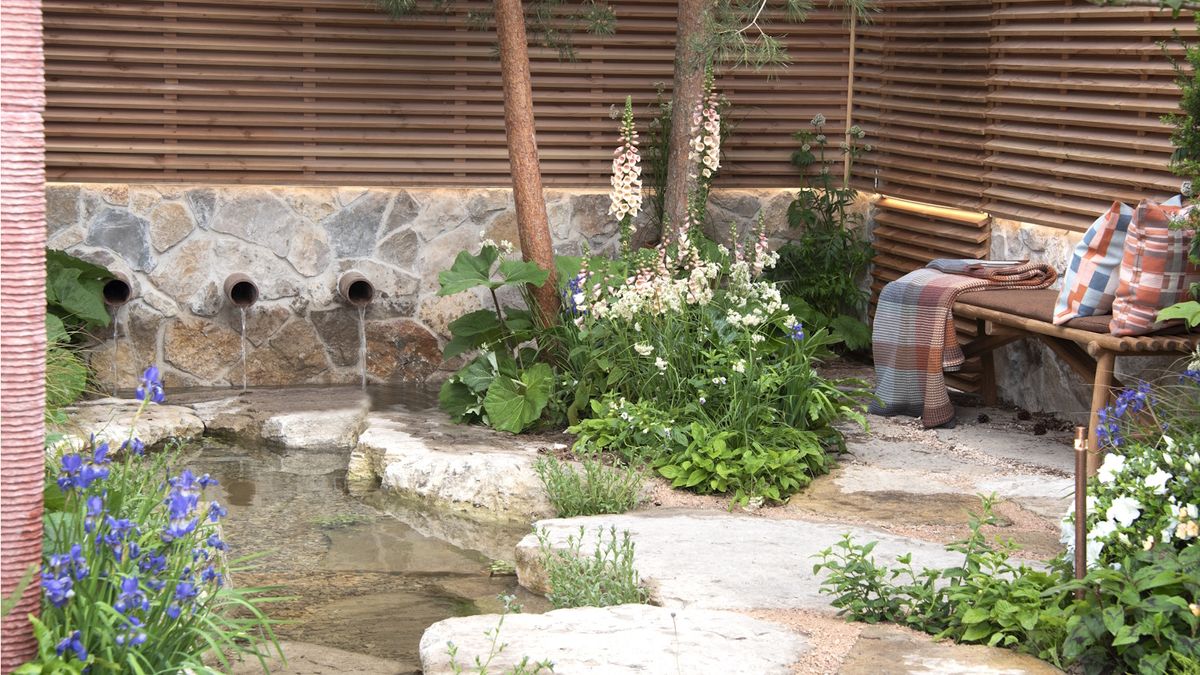Introduction
Garden edging plays a vital role in defining your outdoor space, enhancing aesthetics, and maintaining garden health. Selecting the right wood for garden edging is essential because it affects durability, appearance, and environmental impact. This article explores the best wood options, their pros and cons, installation tips, and maintenance advice to help you create a beautiful, lasting garden border.
Why Wood is a Popular Choice for Garden Edging
Wood offers a natural, warm look that blends seamlessly with garden landscapes. It is versatile, easy to work with, and can be cut to various shapes and sizes. Unlike plastic or metal alternatives, wood is biodegradable and eco-friendly when sourced responsibly.
Key benefits of wood garden edging:
– Enhances natural garden aesthetics
– Easy customization and installation
– Biodegradable and sustainable options available
However, wood needs proper treatment to resist rot, pests, and weather damage to last longer. Understanding these aspects ensures you choose the best wood for your garden edging needs.
Best Types of Wood for Garden Edging
1. Cedar
Cedar is a top choice due to its natural oils that resist rot and insects. It ages beautifully, developing a silver-gray patina over time. Cedar is lightweight, making installation easier.
Pros:
– Naturally rot-resistant
– Insect-repellent oils
– Attractive appearance
Cons:
– More expensive than some options
– Requires occasional sealing for longevity
2. Redwood
Redwood is highly durable and resistant to decay. It offers rich color tones that add elegance to garden borders. Its density makes it sturdy but a bit heavier to handle.
Pros:
– Long-lasting durability
– Resistant to insects and fungus
– Visually appealing deep-red hues
Cons:
– Higher cost
– Can be heavy, requiring more effort to install
3. Pressure-Treated Pine
Pressure-treated pine is widely available and affordable. It undergoes chemical treatment to resist rot and pests. While less naturally durable, it offers great value and versatility.
Pros:
– Cost-effective
– Widely available
– Resistant to decay when treated
Cons:
– Chemicals may leach into soil if not properly sealed
– Less natural appearance
4. Larch and Other Softwoods
Larch is an emerging option known for moderate durability and affordability. Other softwoods can work if treated and maintained well.
Pros:
– Cost-friendly
– Reasonable rot resistance
Cons:
– Shorter lifespan than cedar/redwood
– Requires regular maintenance
Installation and Maintenance Tips for Wood Garden Edging
Installation
- Prepare the ground by clearing debris and leveling the soil.
- Use stakes or spikes to anchor the wood firmly.
- Consider landscape fabric underneath to prevent weed growth.
- Allow space for soil expansion to avoid warping.
Maintenance
- Apply sealant or wood preservative every 1-2 years.
- Inspect for signs of rot or insect damage regularly.
- Clean the wood with mild detergent and water to prevent mold.
- Replace damaged sections promptly to maintain structural integrity.
Environmental Considerations and Sustainable Choices
Choosing sustainably sourced wood certified by organizations like FSC (Forest Stewardship Council) ensures your garden edging is eco-friendly. Avoid tropical hardwoods harvested unsustainably.
For a greener approach, consider reclaimed wood or naturally rot-resistant local species to reduce environmental impact.
Conclusion
Selecting the right wood for garden edging combines aesthetics, durability, and environmental responsibility. Cedar and redwood lead as premium choices, while pressure-treated pine offers budget-friendly options. Proper installation and maintenance extend your wood edging’s lifespan, preserving your garden’s beauty.
By understanding wood types and care techniques, you can create a charming and lasting garden border that enhances your outdoor space for years to come. Start your garden edging project with informed decisions and enjoy a neat, natural boundary that complements your landscape perfectly.
